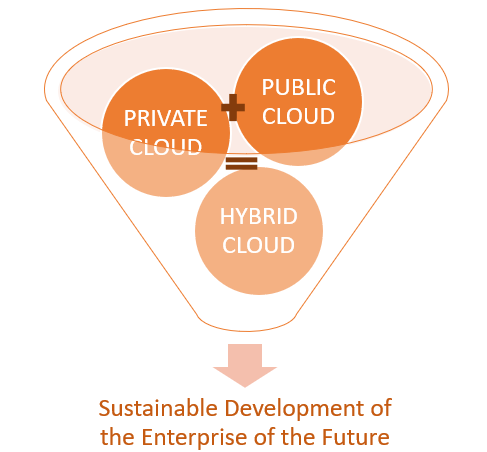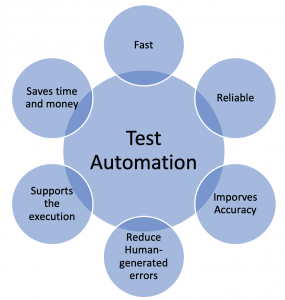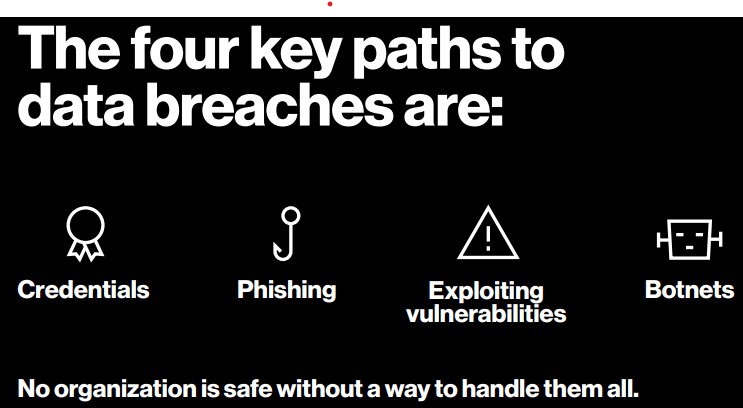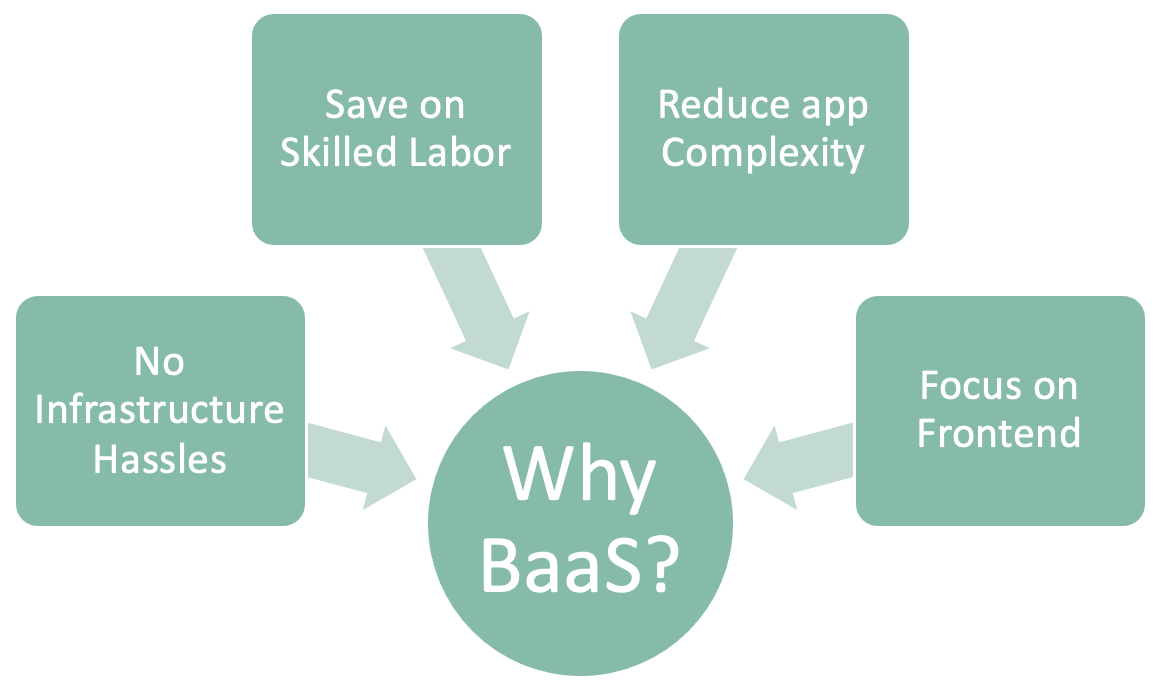Hybrid Cloud Management : Where may companies go wrong in cloud storage strategies.
The advantages of the cloud, including lower capital costs, a high level of scalability and agility, business efficiencies or competitive advantages are quite compelling. Not so long ago, it was even predicted that companies would move their entire IT infrastructure to the cloud and leave nothing on-premises. As expected, that never happened. Instead, many companies have opted for a hybrid approach, a combination that brings together both cloud and on-premises. It’s noticed that often the management of hybrid cloud infrastructures gets challenging for organizations, whether its when it comes to compliance with strict regulatory requirements and legal provisions or the issues related to IT security, the move to cloud becomes a difficult choice to make. Known challenges of hybrid cloud management that companies face are listed below.
It seems that while many companies have made a long-term decision that “the cloud” is the future, they have since been disappointed by IT manufacturers and suppliers regarding the migration process. Many technology vendors have not made a conscious move toward cloud, meaning their older solutions are not cloud-ready and their newer ones are often cloud-only. This makes the transition very difficult for the companies as it involves a sudden cut in the operating, utilization and cost model.
Retrieving data from the cloud is expensive thus cloud storage becomes more expensive than companies initially assume when implementing it. Organizations must first understand what they expect from the data stored in the cloud. If they want to enable granular recovery, analysis and management of this data, then there are more aspects to consider than just moving data in bulk from on-premise storage. It’s all about the ‘’data’’, so cloud data management is key – regardless of the platform.
Cloud storage may lead to a lack of transparency regarding hardware and operations if hardware visibility isignored. There has to be some kind of gateway to the cloud. This needs to be an intelligent device that owns and understands the metadata of the content residing in the cloud. If this solution is not robust and intelligent, the company will be blind to the content. As for the hardware used in the cloud, usually the provider will takescare of that. Most major cloud storage solution providers have robust and scalable solutions that can be trusted. Also inadequate security processes can lead a well-designed cloud initiative into a disaster. Often the cloud providers also operate an integral risk management system so that it can measure and derive risks for customers.
If data is growing at very high levels, most likely the cloud storage is a sustainable model. The simple economies of scale mean that the cloud is always cost-effective when used properly. A mix of on-premises and public cloud enables a very scalable and cost-effective approach to large-scale storage. Thus, whenorganizations have these controls in place, managing a hybrid cloud is easy.
The future lies in using a cloud data management platform that is independent of the end storage environment. When organizations have an in-place solution for holding the metadata, the final location of the data is almost irrelevant as long as it meets security and reliability requirements.
The increasing complexity of enterprise networks with their heterogeneous mix of cloud and on-premises technologies & security systems are considered one of the main hurdles for companies. Xorlogics offers companies a holistic solution for their cloud implementation and aids them to move forward with their public and hybrid cloud strategies at different speeds. Our motto is to help companies to meet all business requirements and to keep their company competitive over the long term. One should not underestimate the importance of an experienced team and proven solutions for teh right cloud adoption, integration & migtation.






